Helado de Naranja con Lima 1893 (Orange and Lime Sorbet)
Gouffé, Jules. El libro de cocina. Contiene la cocina casera y la gran cocina y un tratado especial de la cocina mexicana formado expresamente por una cocinera poblana. Mexico : E. Rodriguez y Co., 1893. Pp. 414-415.
One of the joys of living in South Texas is that the weather is warm enough to enjoy ice cream and sorbet in October. This week’s recipe is a sorbet from the appendix of Mexican and Spanish recipes attached to the 1893 Mexico City edition of French chef Jules Gouffé ‘s El Libro de Cocina (see our August 26th post for more information about this edition).
According to Ricardo Muñoz Zurita’s Diccionario Enciclopédico de Gastronomía (2000), the term “helado” is generally reserved for frozen desserts using milk or cream. Thus, in contemporary terminology, this recipe should actually be called “nieve,” which designates frozen desserts made with water. Perhaps in the 19th century, the separation was less firm, as Gouffé ‘s appendix uses “helado” across the board.
In his entry for “Nieves”, Muñoz Zurita goes on to describe some of the more unusual sorbets a traveler to Mexico might try, including guanábano (Soursop– a large and quite sour fruit) in Campeche, zapote prieto (black sapote–a persimmon-like fruit) in Michoacán, jiotilla (fruit from a tree-like cactus) in Oaxaca, and a range of adventurous flavors in Dolores Hidalgo, Guanajuato, which has become famous since the 1980s for its sorbets flavored with elote (corn), aguacate (avocado), mole, and even chicharrón (pork cracklings).
In comparison to those flavors, plain orange sorbet seems a little mundane. I may have to hunt up some sapotes or try an avocado recipe before sorbet season ends for the year. Pork cracklings, however, I think I’ll leave to professional gourmets.
Helado de naranja con lima
Se disuelben veintidos onzas de azúcar blanca en dos cuartillos de agua clara; se eligen ocho ó nueve naranjas y dos limones, se limpian con una servilleta, se raspan las cortezas de las naranjas más olorosas y menos amargas, se parten por en medio, y puestas entre el pulgar y el índice, se exprimen una después de otra con la otra mano, para romperlas vejiguillas donde se encierra el jugo, y se ponen entre las dos palmas de las manos, exprimientdo las cortezas en sentido contrario y con fuerza para romper las celdillas que encierran los globules del aceite esencial, que reside en la corteza amarilla; se cuela el liquid por un tamiz de cerda tupido, y se guarda en un lugar fresco.
Orange or Lime Ice
Dissolve twenty ounces (2 ½ cups) of white sugar in two quarts (8 cups) of clear water. Select 8-9 oranges and 2 limes. Clean them with a napkin and scrath the peel of the most fragrant and least bitter oranges. Split them in two and and place the peels between your thumb and forefinger to break the vesicles containing the juice. Placeing the peels between two palms, squeeze in the opposite direction to break the cells that contain the essential oil globules, which reside in the yellow rind. Strain the liquid through a sieve and store in a cool place.
In the kitchen…
I halved this recipe, so I began with 4 oranges. I still used 2 limes, though, because the ones I purchased were quite small.
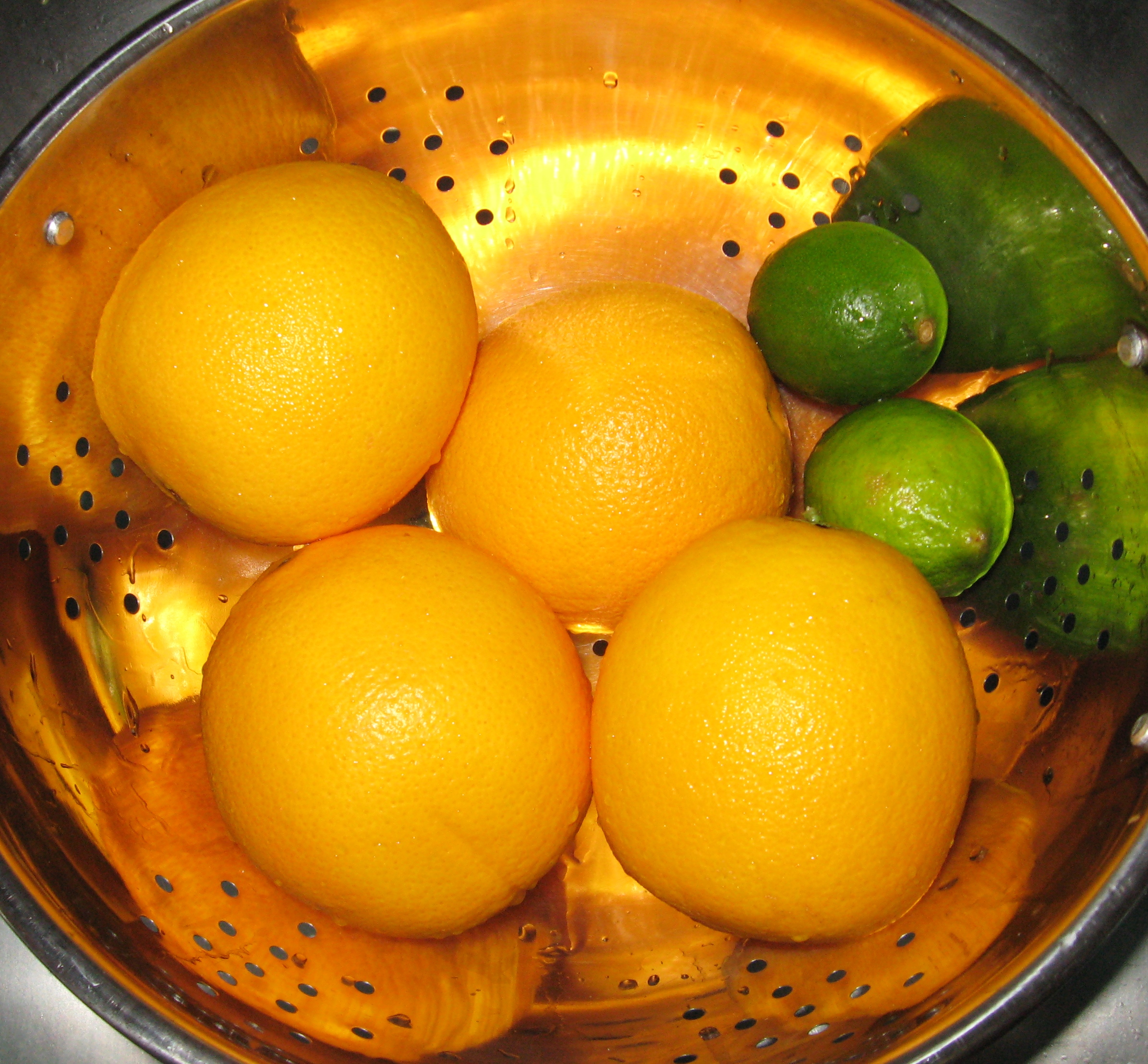
First, squeeze the limes and oranges.
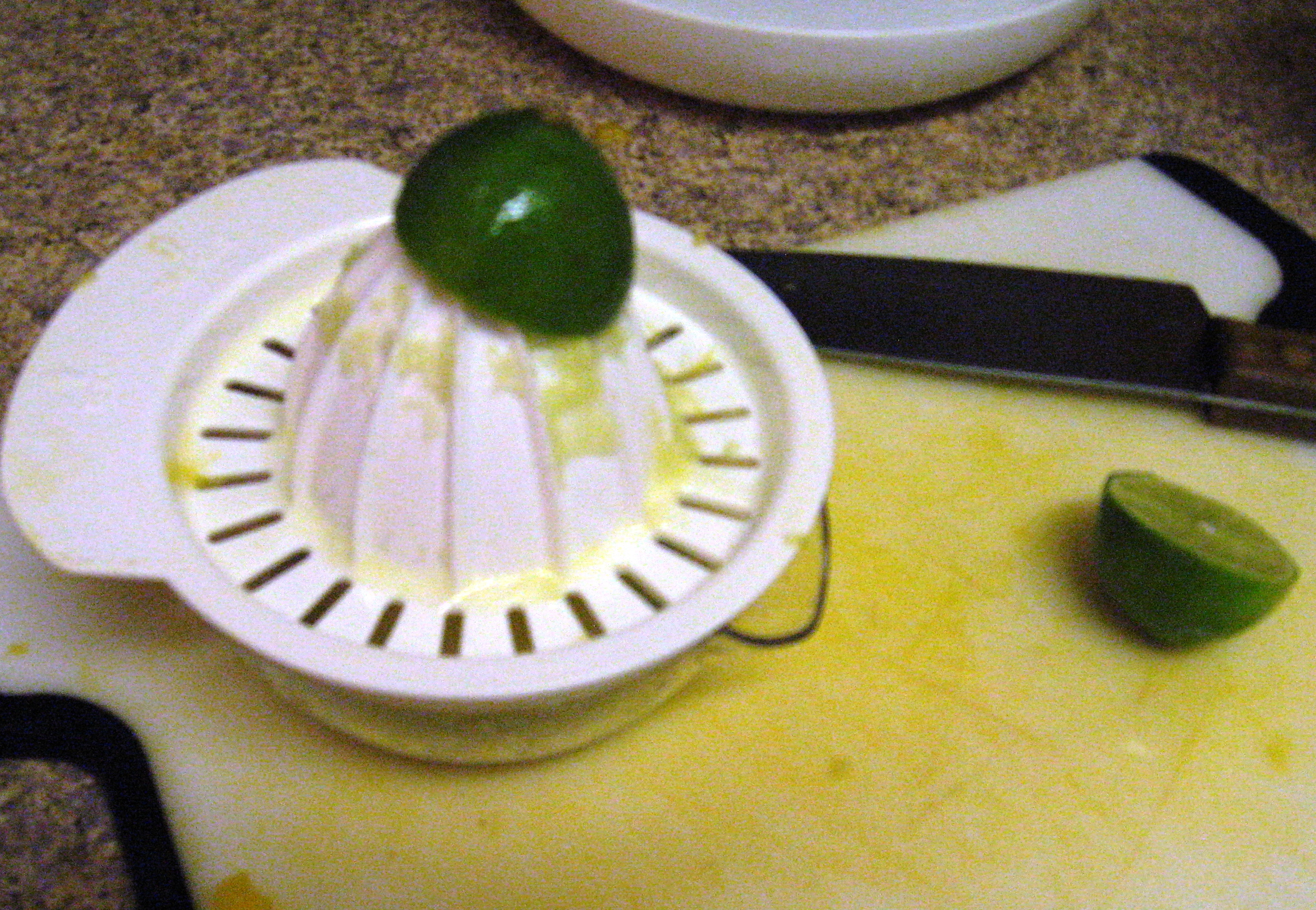
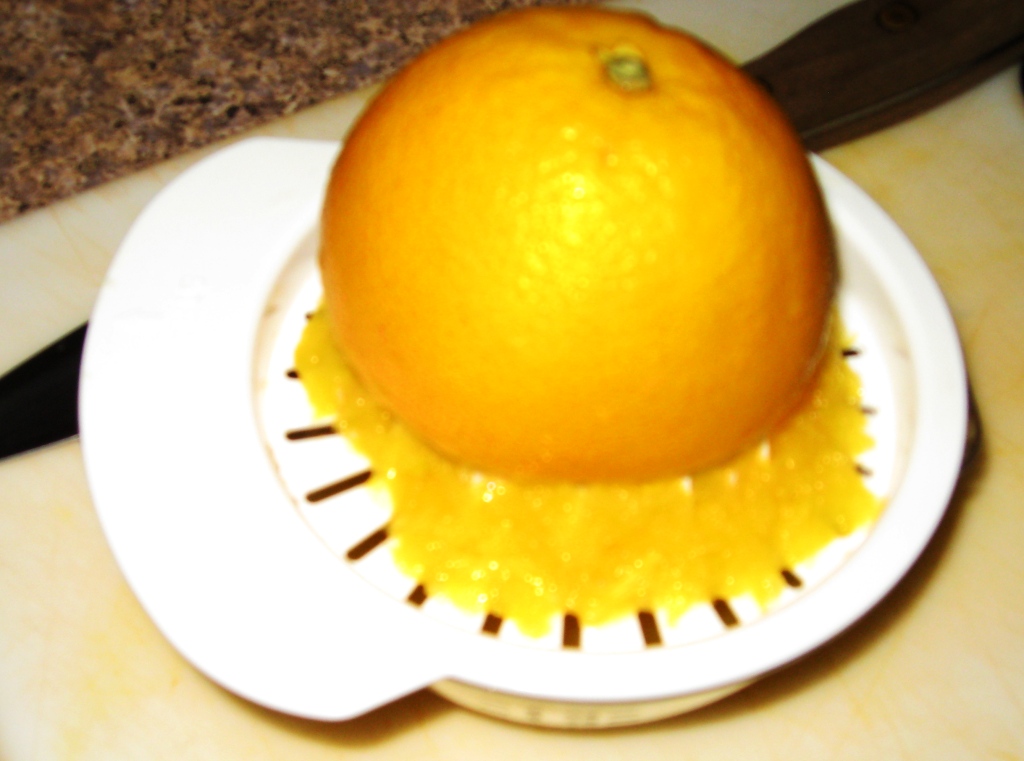
Next, turning the rinds inside out and squeez them over the juice bowl to release essential oils. No photographs of this stage, unfortunately, because I didn’t have an assistant chef to take photographs that day and my own hands were too sticky to squeeze and handle the camera at the same time.
Finally, add 1 1/4 cups sugare and 4 cups water to the juice and pour the result through a sieve to remove the pulp.
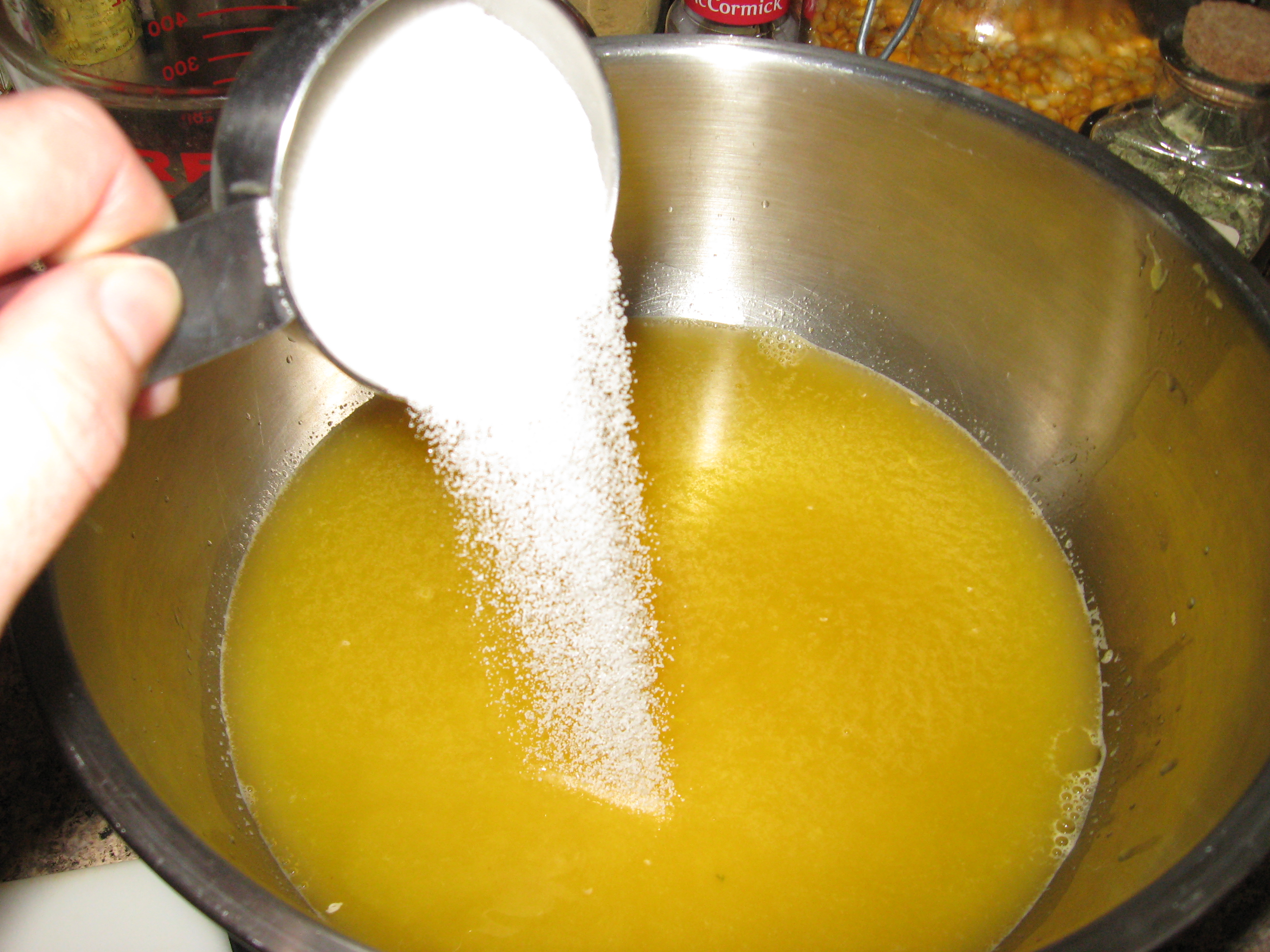
Freeze according to the directions for your ice cream maker. If you don’t have an ice cream maker, you can also place the liquid in a shallow cake pan or casserole dish in the freezer, returning to stir and scrape the solid parts away from the edges periodically over the next few hours.
This recipe resulted in a light, mildly flavored orange sorbet, with a hint of lime. I really couldn’t tell if squeezing the rinds made a difference or not. Perhaps I didn’t squeeze hard enough; or perhaps the essential oil provides a very subtle flavor, not easily differentiated from the juice.
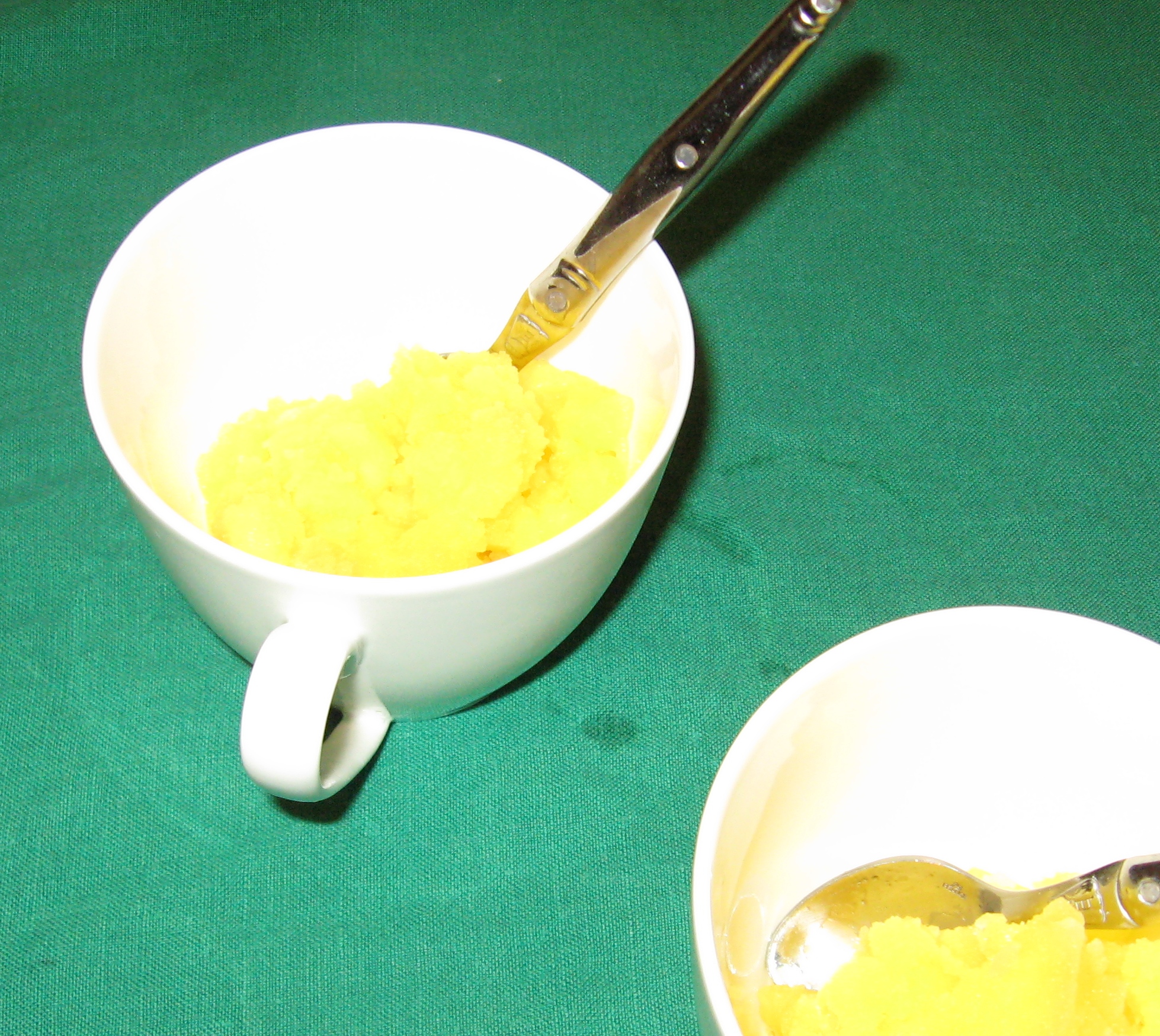
Works Referenced:
Muñoz Zurita. Ricardo. Diccionario enciclopédico de gastronomía mexicana. México : Editorial Clío : Fundación Herdez, 2000.


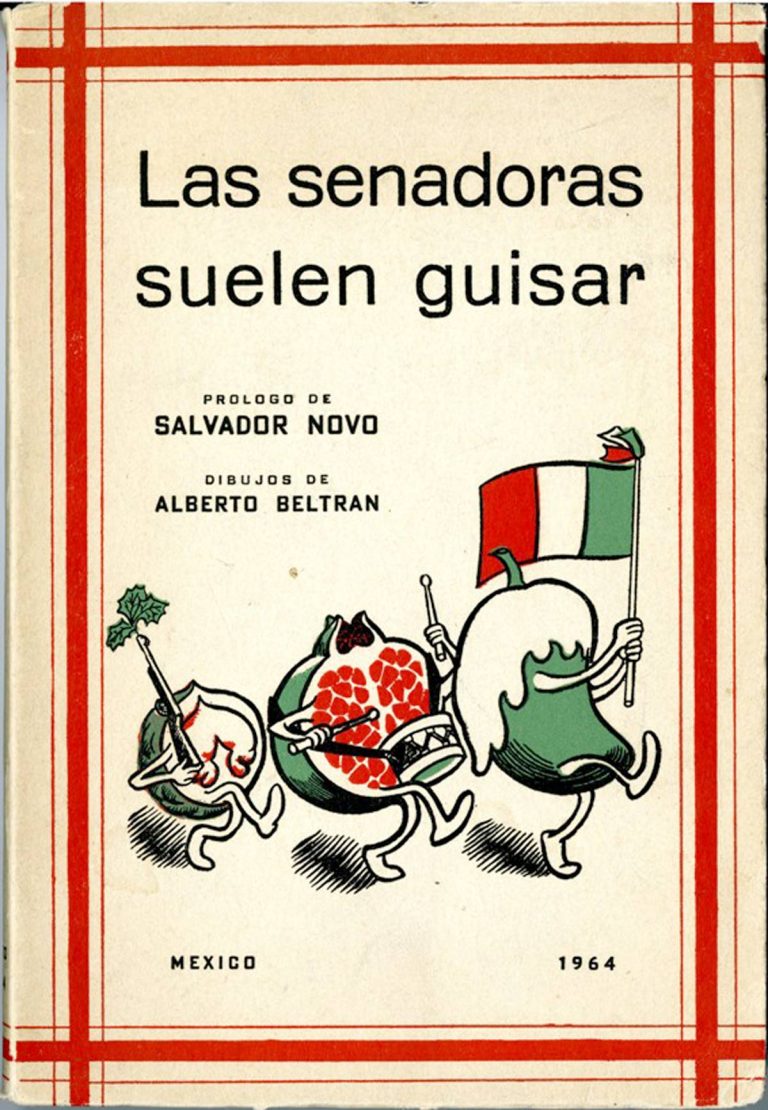
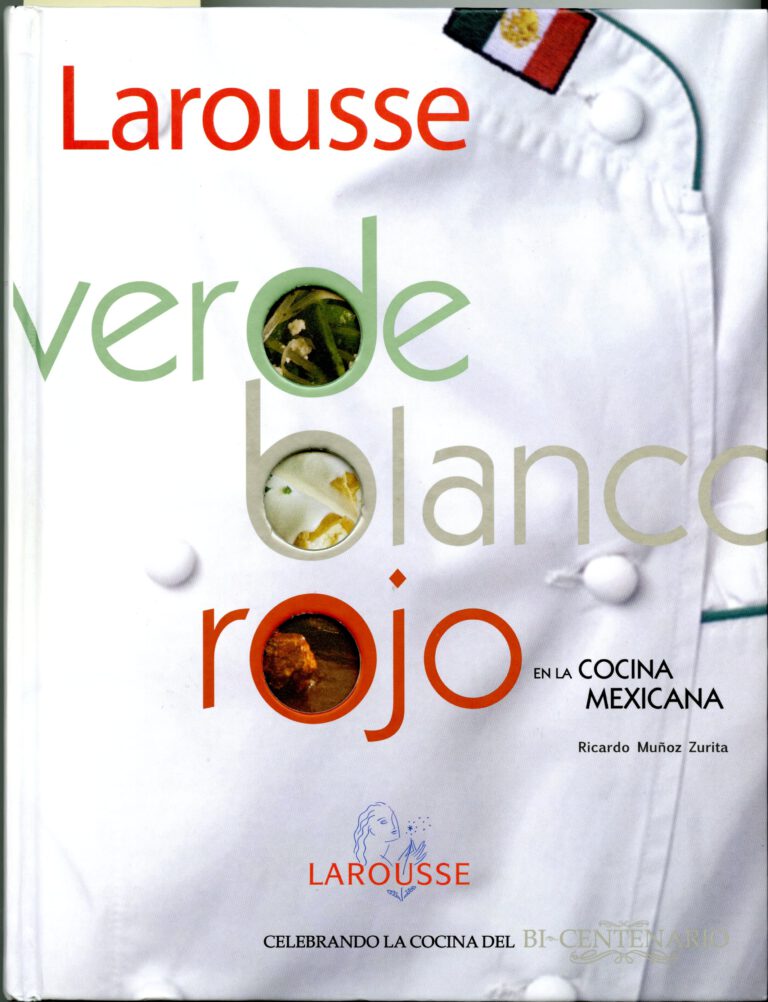
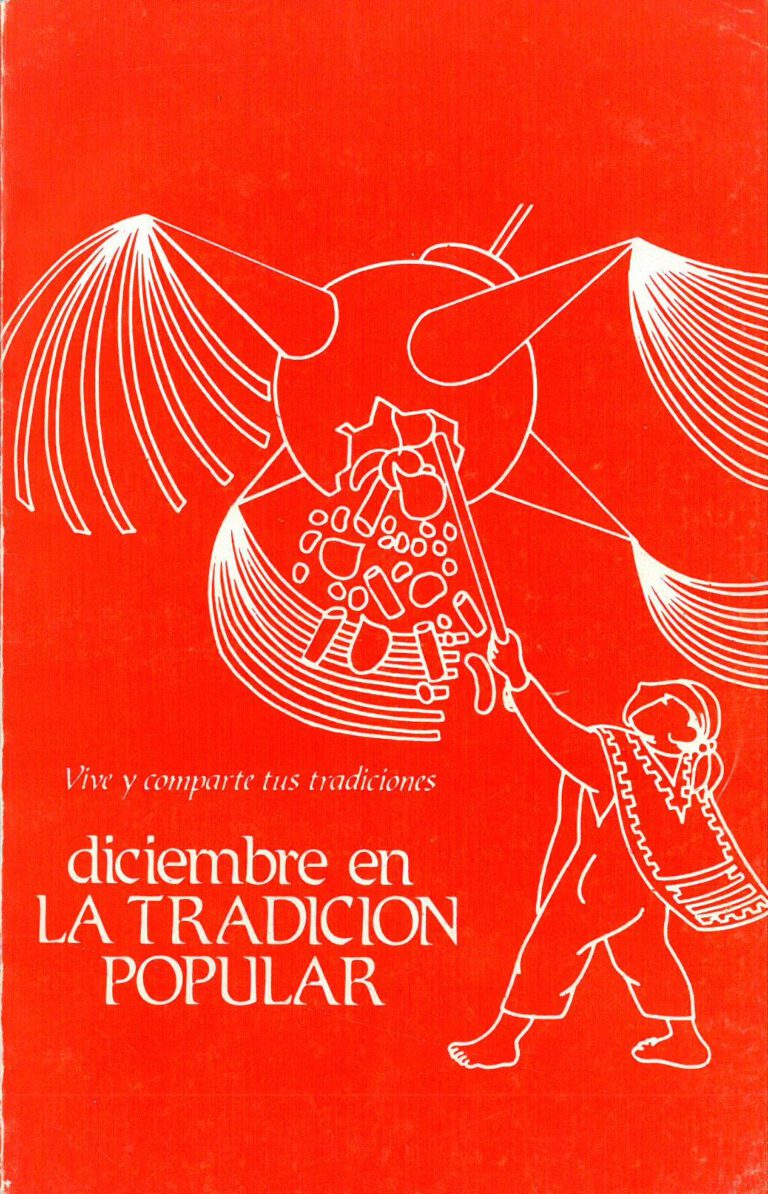
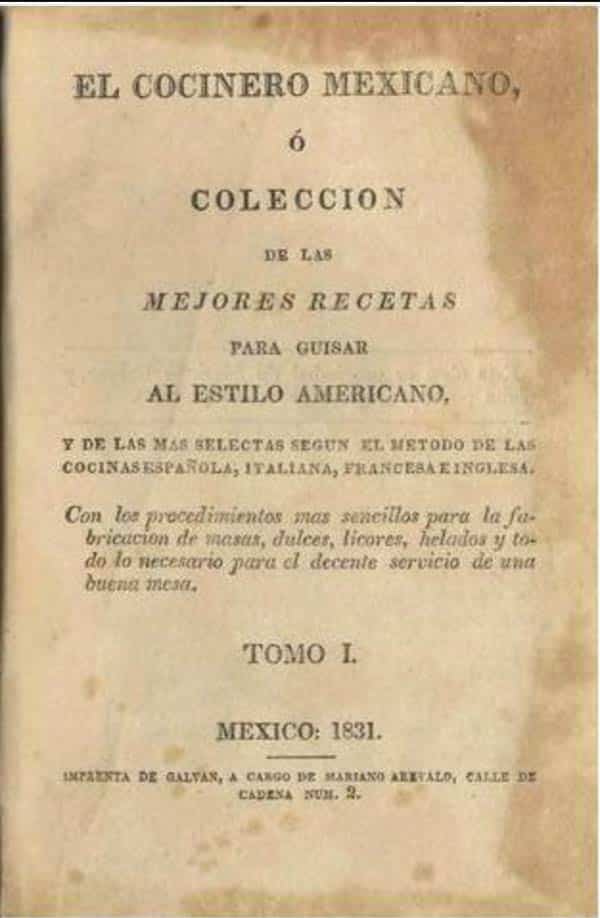
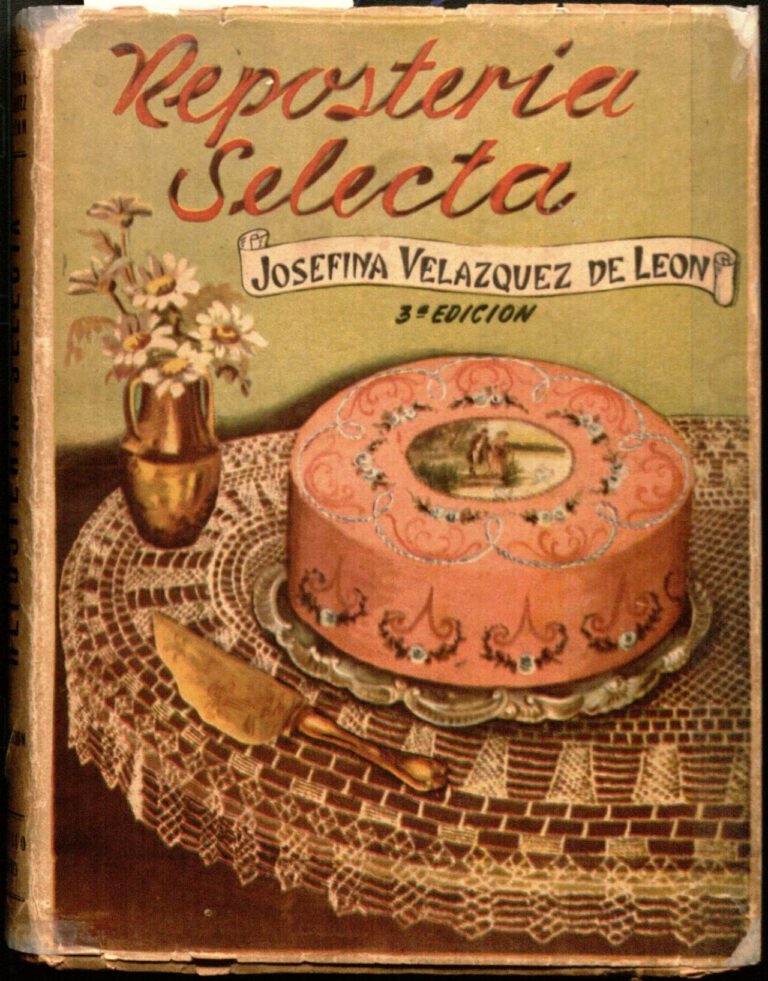
If you like spanish food, i recommend you to visita my blog of restaurants in Barcelona. I hope you like it! http://www.mantelacuadros.com
If you like spanish food, i recommend you to visit my blog of restaurants in Barcelona. I hope you like it! http://www.mantelacuadros.com